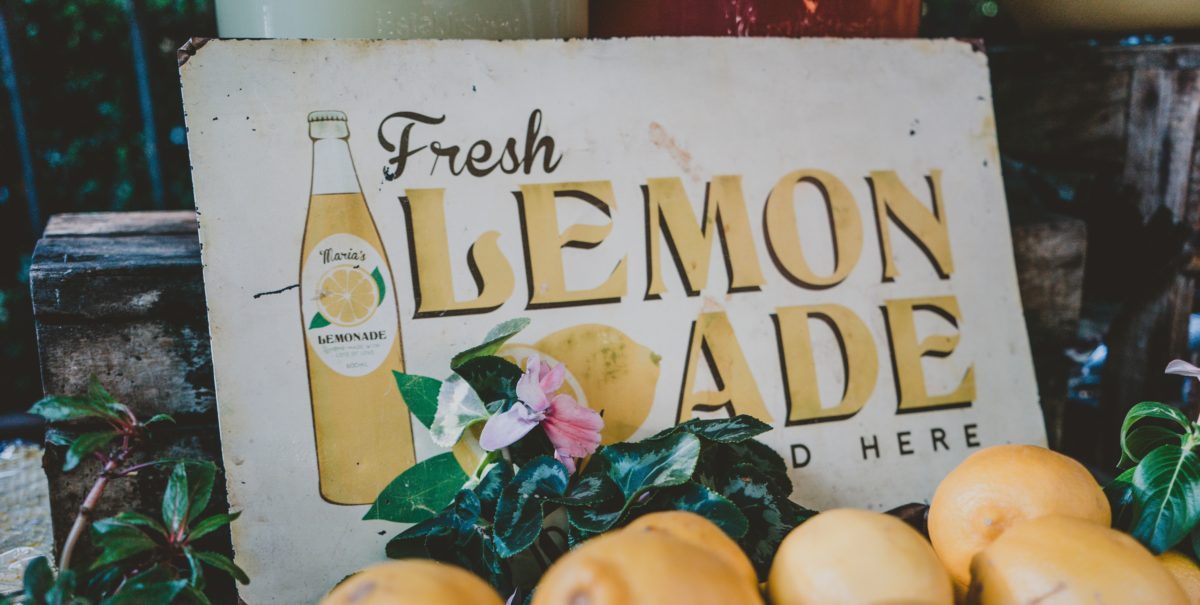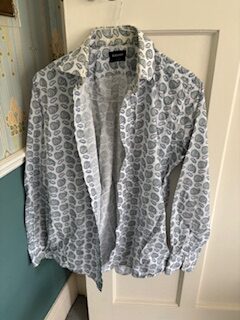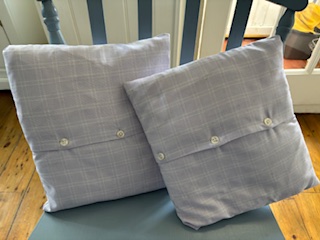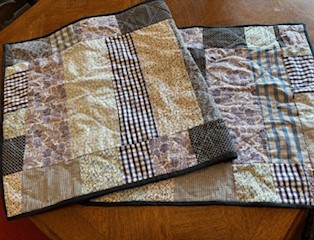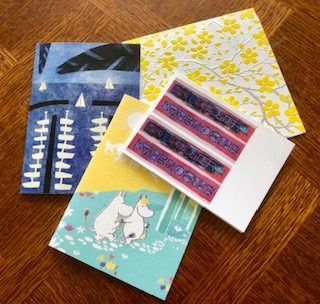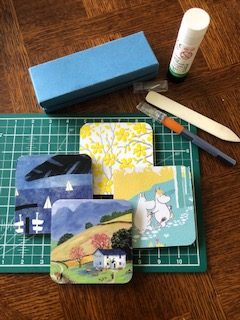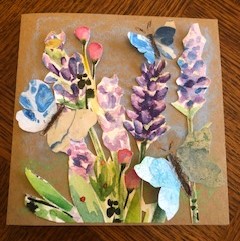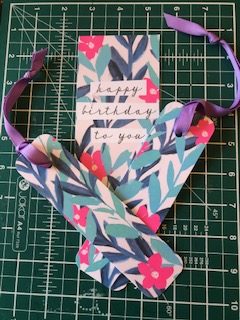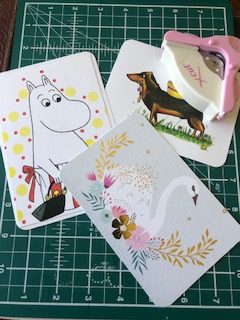As a child growing up in the ’70s, I was treated to a number of slightly trippy television programmes: The Goodies, The Magic Roundabout, and The Banana Splits, but my favourite was The Wombles. Perhaps it sparked my early interest in protecting the environment, and I still remember most of the theme tune today.
It begins:
Underground, overground, Wombling free
The Wombles of Wimbledon Common are we
Making good use of the things that we find
Things that the everyday folks leave behind.
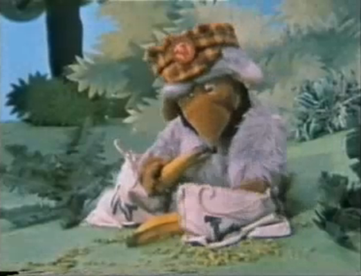
These adorable furry animals, created by Elizabeth Beresford, encouraged us both to avoid littering and to use ‘the things that everyday folks leave behind’ wisely.
Whilst I am an advocate for not littering and picking up rubbish left on the beach, etc, my take on the Wombles here is in up-cycling what might otherwise be thrown away.
Womble art
As you have probably noticed, I am rather obsessed with art and crafts. The only downside is that materials are rather expensive. Let me into an art or hobby store and I struggle to restrain myself. However, what if I made myself the challenge of using only – or predominantly – used and recycled materials?
Our rather excessive materialism pains me (and the planet) but I certainly don’t want to be an ascetic. Perhaps I can have my cake and eat it too with a little imagination? Whilst decluttering, my husband and I ejected a few t-shirts that were not worthy for the charity shop but not quite ready for use as rags.
There is quite a lot of fabric in a t-shirt and cut into strips (a very Zen activity), it makes a kind of yarn.
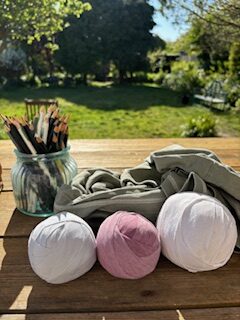
With the aid of my jumbo crochet hook, I was able to sew them back together to make some seat cushions and when I’ve done those and mastered circular crochet, I shall use others to make a pretty rag rug.
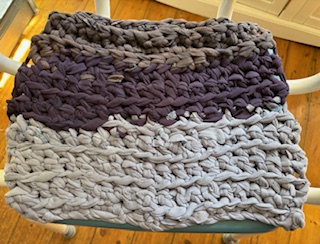
Paper recycling
Of course, the one material that we all have an abundance of is paper. Though paper recycling is great for the environment, reusing that paper and card is even better. I confess that I am dreadful hoarder of pretty papers, sturdy card and boxes. Though they may not be used straight away, they will usually be found a use for eventually.
The only downside to such a habit is storage. When my craft room reached an appalling state yesterday, I decided to do yet another organisation and felt that a shallow tray, like a cutlery drawer, would be most useful. I stored the thought away for when I next went to a charity shop, until my eyes fell upon a large, sturdy and shallow box. Hmmm, I mused. Would that do?
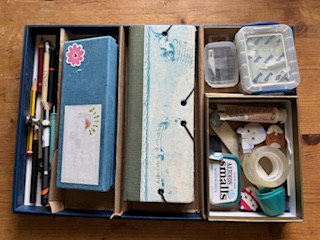
It most certainly did. Bending some strong corrugated card to the correct height and adding a small box meant that I had the bespoke storage that I needed. There is now room on my craft table for making crafts.
Gifts with heart
With all the benefits of mass production, it has one downside. There is nothing individual about it. No matter how beautifully designed or made, it is one of thousands. Yet, if we choose to make our own gifts, we give our labour with love and create them to fit the loves of the recipient.
The last week or so, I have been looking into book binding and as always enjoy playing with cards and papers for junk journals. Here are a few things that I’ve made.
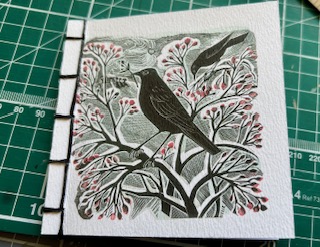

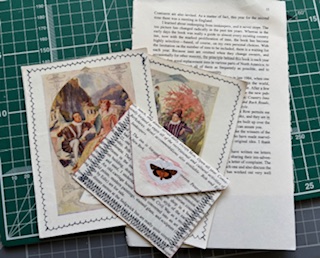
A greetings card is turned into a notebook using a Japanese binding technique; wallpaper samples become sketchbooks and envelopes; old book pages create pretty filler pages for a journal and envelopes for thank you messages.
Sourcing materials
If you are more ambitious and want to try some new crafts, I find that charity shops are filled with projects others have neither started nor completed. You may even be lucky enough to have a ‘Scrap Store’, as we have, that sells and receives all sorts of wonderful craft goods from fabric to wool and offers classes to boot.
The restrictions imposed on you by using your own or others’ recycled materials are not arduous. For me, it is rather like the strictures of form when writing poetry – the challenges posed therein make it even more enjoyable.
Release your inner Womble
Though the characters of the Wombles are now rather outdated, their message could not be more current. If we take our cue from them to reuse and remake imaginatively, the world will definitely be a kinder, tidier and happier place.
